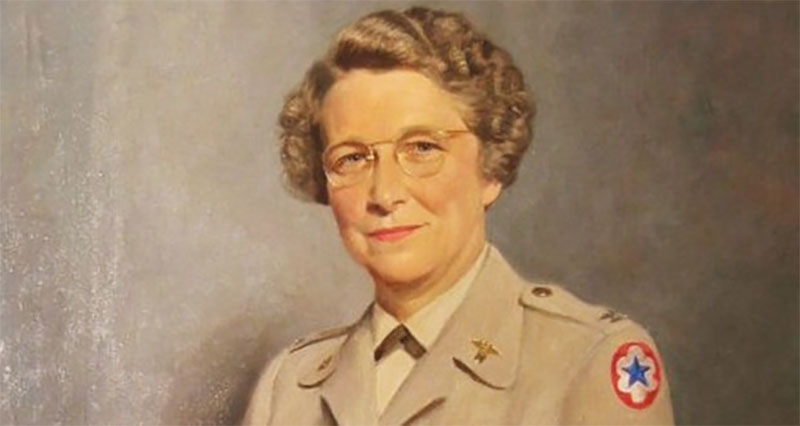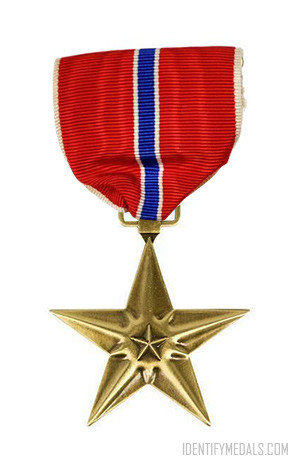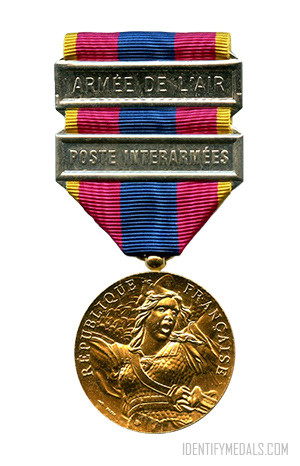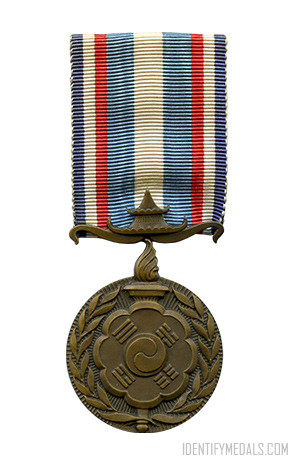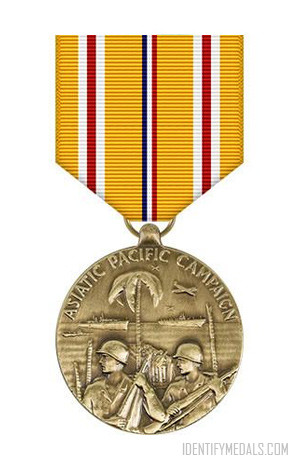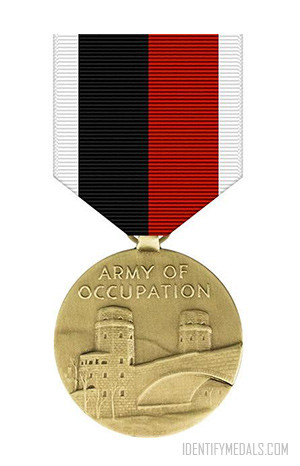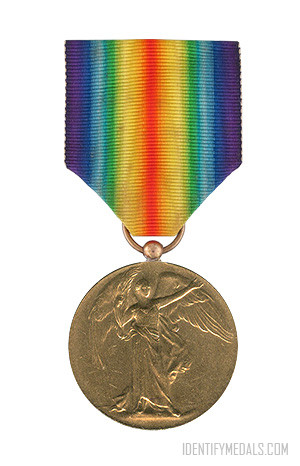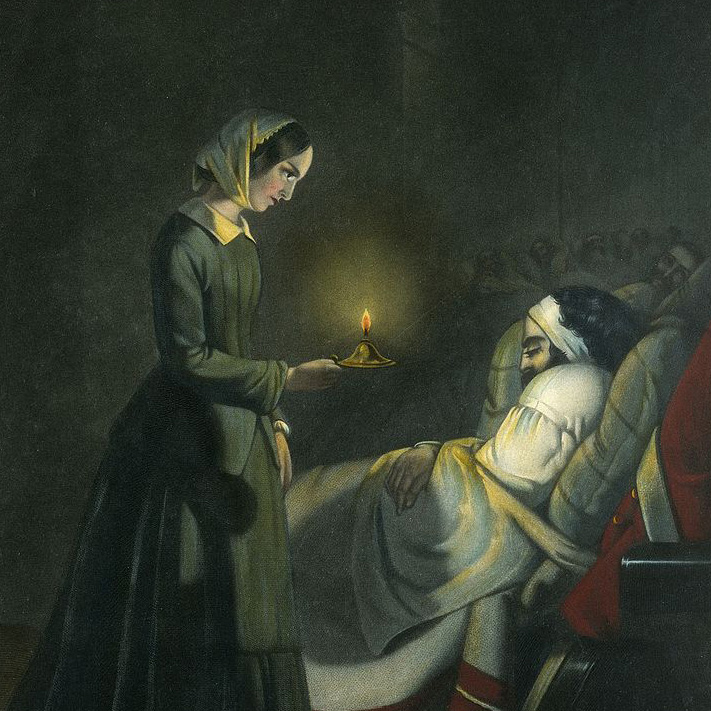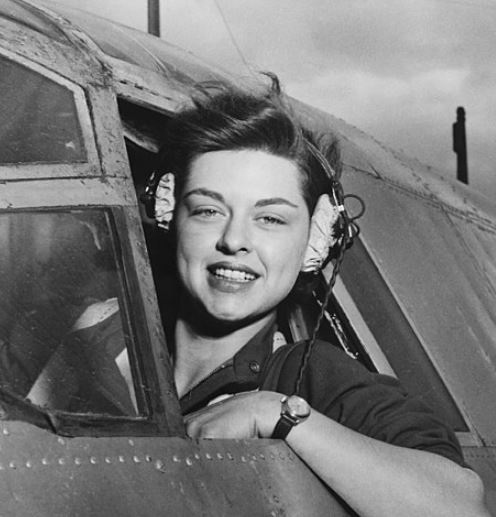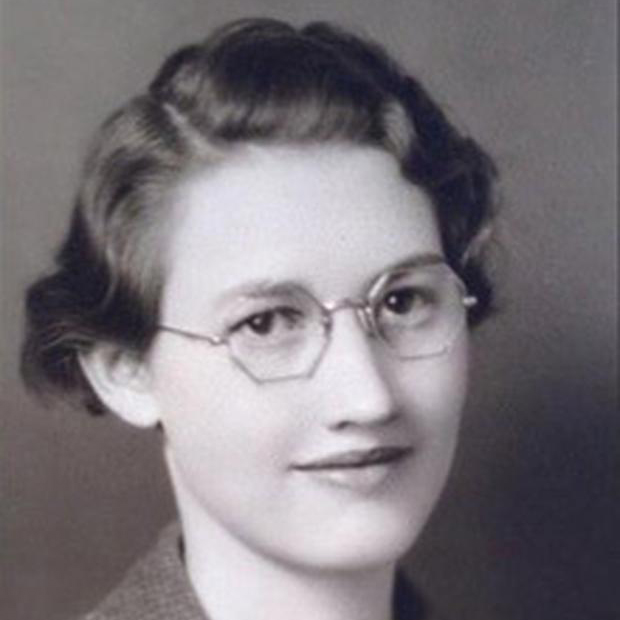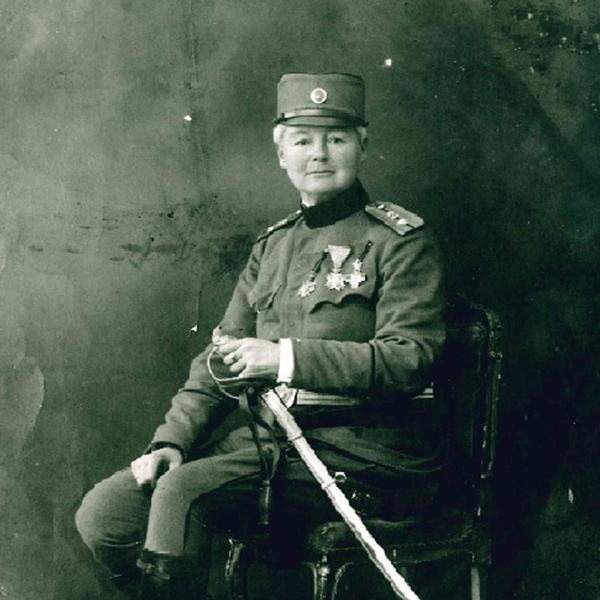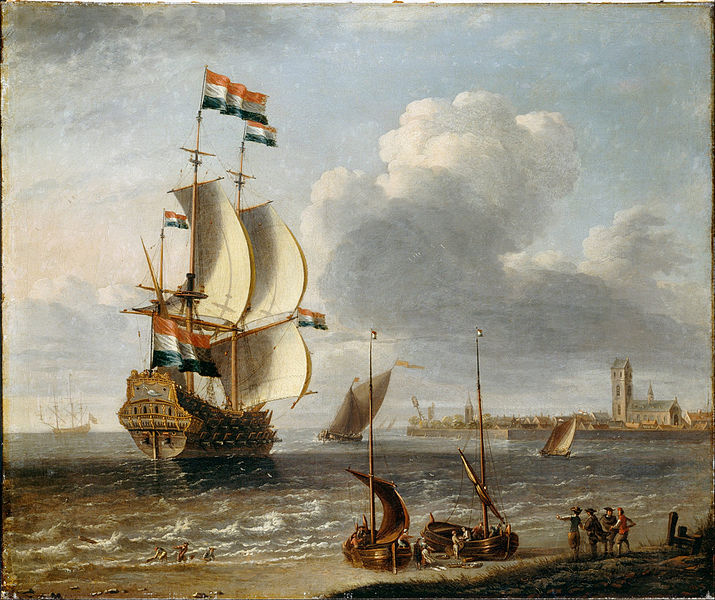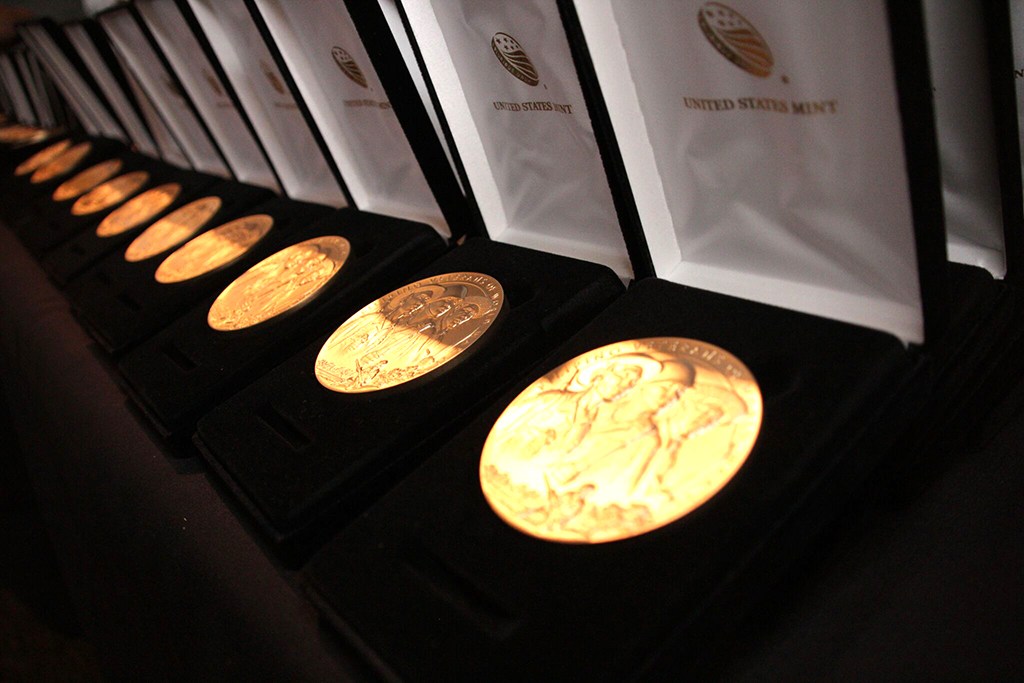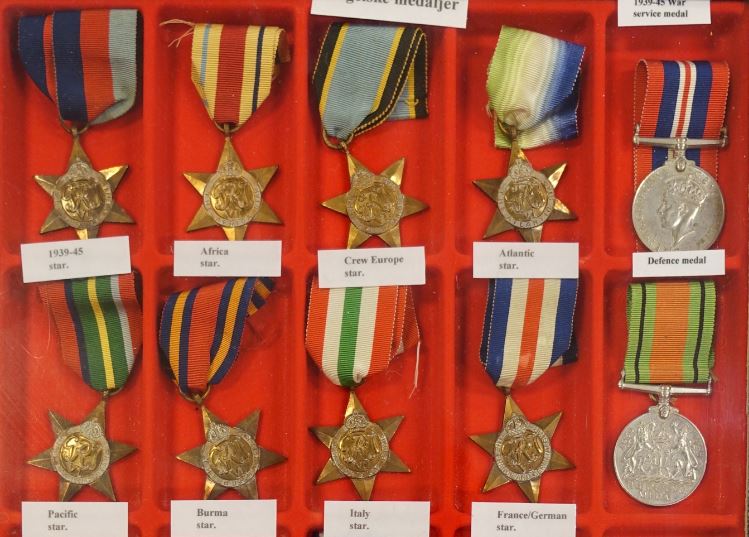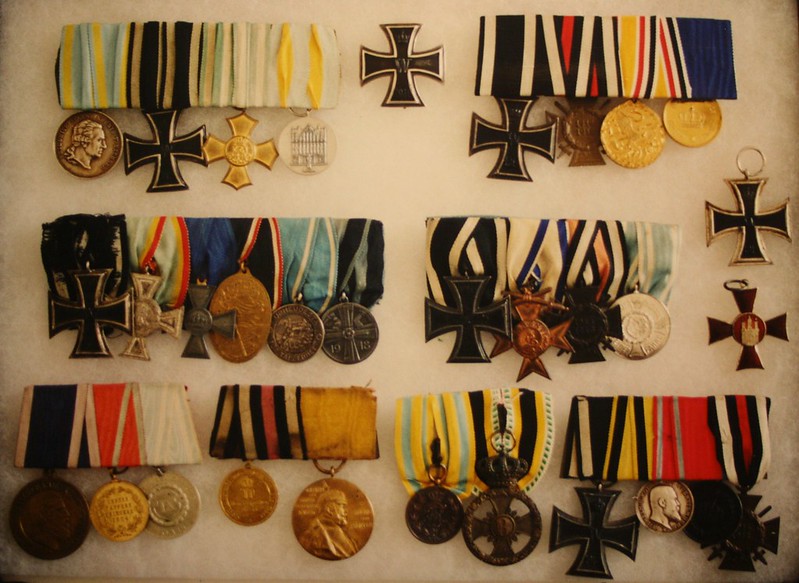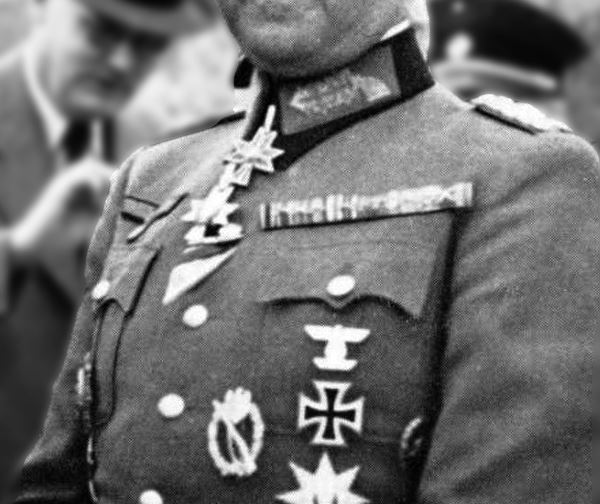Born near Spencer, West Virginia on December 19, 1907, Ruby Bradley would later become one of the most decorated women in American military history. Bradley’s first career, though, wasn’t as an Army nurse. She was a teacher!
Who Was Ruby Bradley?
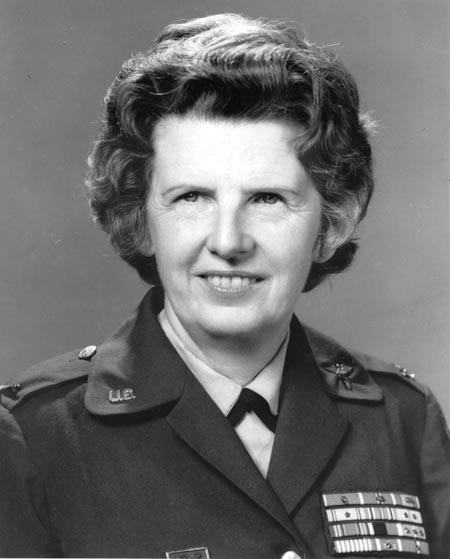
In 1926, Bradley graduated from Glenville State Teachers College and taught four years in one-room schoolhouses in Roane County. In 1930, she entered the Philadelphia General Hospital School of Nursing, graduating as a surgical nurse in 1933. In 1934, Bradley entered the Army Nurse Corps as a surgical nurse and served as Walter Reed General Hospital until she was assigned to Station Hospital at Fort Mills, Philippine Islands in February 1940.
A year later, she transferred to Camp John Hay on the island of Luzon in the Philippines where she was on December 7, 1941 when the Japanese attacked Pearl Harbor. Hours after Pearl Harbor, the Japanese bombed the American defenses in the Philippines where Bradley was stationed as a thirty-four-year old Army nurse.
Three weeks later, Bradley was captured and would spend the rest of the war as a POW in three different prison camps. For the duration of World War II, 2nd Lieutenant Bradley would care for the wounded and sick around her. She had been at Camp John Hay for almost one year until the Japanese moved Bradley to Camp Holmes in April 1942. About a year and a half later, Bradley and 65 other nurses took an optional transfer to Manila to the Santo Tomas Internment Camp on September 5, 1943.
Even though the conditions at the Santo Tomas Internment Camp were awful and deteriorated as the war continued, Bradley and her fellow nurses continued to care for the sick and assist the starving children. It was here that Bradley and several other nurses earned the title of “Angels in Fatigues,” as she would take some of the food she had been given for her own nourishment and instead would feed it to hungry children. She was even able to use the excess space in her uniform that she gained from losing weight to smuggle surgical material into the POW camp.
Some of Ruby Bradley’s medals:
The POWs normally received only half a cup of rice in the morning and half a cup of rice in the evening. Bradley saved part of her limited rations when the children would start crying at the end of the day. She also became an excellent thief, putting food in her pockets for the children.
In addition, she would help with 230 surgeries and deliver 13 babies. As Bradley remembered, the Japanese were amazed at the work that Bradley and her fellow nurses could do without any instruments. For example, Bradley used a tea strainer and gauze to anesthetize a pregnant woman who had gone into labor.
Ruby Bradley Is Liberated
On February 3, 1945 after three years of captivity, U.S. troops stormed the gates of Santo Tomas Internment Camp and liberated Bradley and her fellow prisoners. She weighed only 86 pounds when she left the Japanese camp.
Bradley returned home to West Virginia to recover after her years in captivity, but returned to the battlefield during the Korean War five years later. She served as Chief Nurse of the 171st Evacuation Hospital during the Korean War and again illustrated her deep devotion and care for those who were wounded and sick, putting her own life at risk. Bradley was later named Chief Nurse for the Eighth Army in 1951, supervising over 500 Army nurses throughout Korea.
In November 1950, during the Chinese counteroffensive, she refused to leave until she had loaded the wounded onto a plane even though she was surrounded by 100,000 Chinese soldiers. She was the last person on the plane, as she watched the ambulance explode behind her. As Bradley once stated in a TV interview, “You got to get out in a hurry when you have somebody behind you with a gun.”
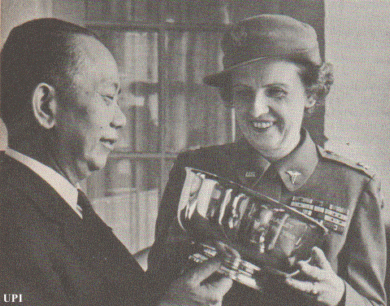
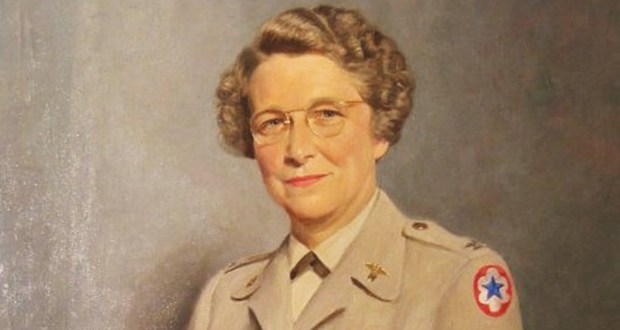
The Legacy of Ruby Bradley
Bradley became the first woman to receive a national or international guard salute when she received a full-dress honor guard ceremony when she left Korea in June 1953. She would also become the third woman in Army history to be promoted to the rank of colonel on March 4, 1958 at Fort McPhearson, Gerogia.
Bradley retired from the Army in 1963 after three decades of service, but continued in the field of nursing for 17 years, working as a supervisor in a private nursing facility in Roane County, West Virginia.
In later years, Bradley would receive more acknowledgment for her work during World War II and the Korean War with her hometown of Spencer, WV giving a parade in her honor on “Ruby Bradley Day” in September 1991 and Tom Brokaw presenting a story on NBC Nightly News on February 23, 2000 about the forgotten heroes of the American military, referencing Colonel Bradley and her work.
Bradley died in Hazard, Kentucky on May 28, 2002, but was buried with full military honors in Arlington National Cemetery on July 2, 2002. In 2013, Nancy Polette, author of countless educational books and materials for children, wrote a book about Bradley entitled Angel in Fatigues.
Colonel Bradley received 34 medals and citations of bravery during her thirty years of service, including two Legion of Merit medals, two Bronze stars, two Presidential Emblems, the World War II Victory Medal, and the U.N. Service Medal. She also received the Red Cross’s highest international honor—the Florence Nightingale Medal.
Although Bradley was one of—if not the—most decorated woman in American military history, she never thought too highly of herself. When asked about her time in the service or about the fact that she was one of America’s most decorated military women, Bradley normally responded that it was just all in a day’s work. As many other medal recipients have said, Bradley wanted to be remembered as just an Army nurse.
Sources
- http://www.wvpublic.org/post/december-19-1907-colonel-ruby-bradley-born
- http://www.arlingtoncemetery.net/rbradley.htm
- http://articles.latimes.com/2002/jun/02/local/me-bradley2
- https://www.fold3.com/page/527719039-ruby-bradley-1907
Guest Contributor: Rachel Basinger is a former history teacher turned freelance writer and editor. She loves studying military history, especially the World Wars, and of course military medals. She has authored three history books for young adults and transcribed interviews of World War II veterans. In her free time, Rachel is a voracious reader and is a runner who completed her first half marathon in May 2019.

